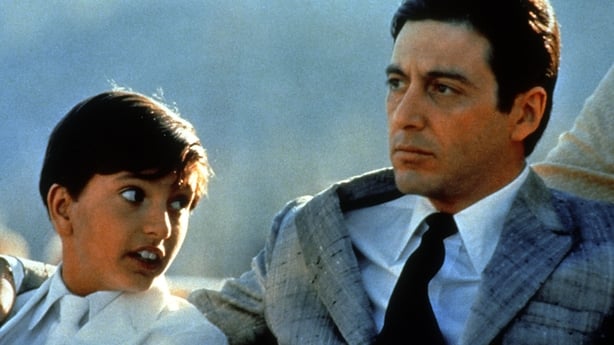Ever fancied having a bash at a movie or TV script? In a new series, acclaimed filmmaker Paul Duane tells you everything you need to know about writing for the screen...
Basic Screenwriting Principles, Part 1
'The science and art of causing change to occur in conformity with the will' is how magic was defined by Aliester Crowley - but it also applies to art, and very much to screenwriting.
You imagine something and do everything you can to will it into existence. But if you want your words and ideas to communicate themselves effectively to others, in a way that brings them in line with what you're trying to achieve, there are good ways and bad ways to do it.
I’ll try to help explain some of the ways I have found to do it, both in fictional and factual forms, over the past few decades...
Watch the trailer for Paul Duane's acclaimed film All You Need Is Death
Myths are the verbal equivalent of rituals and serve the same need – to help the mind take hold of a mystery. Stories fulfil the same need, helping us to put form on what we don’t really understand.
This is why a computer can’t (as yet at least) make art; because part of the process of making the art is figuring out what it is you’re making. The making is part of the discovery of the work.
There are no hard and fast rules to storytelling, but there are fundamental elements that contribute to a strong story.
Your main character, your protagonist should be active – a character who wants something very deeply.
They come into conflict with something that prevents or delays them from achieving the thing they want.
The conflict drives the character to action, which should in turn create another problem, which in turn complicates the situation, creating a further need for action.
The process of setting up a problem which is solved, the solution creating another need for action, can be summed up as: thesis, antithesis, synthesis.

The book Into the Woods by John Yorke is an excellent analysis of how all screenwriting, and most narratives in general, are based on this triune principle, which never comes to rest until the narrative reaches its end.
We learn about the characters, begin to understand them more deeply, by the way they deal with conflict.
What they DO is much more important than what they SAY.
In The Godfather, we see Michael Corleone over and over say the opposite of what he does, and that’s the understanding we develop about him – that he hides his feelings very deeply and acts ruthlessly, despite what his words might lead you to believe.
This is why it is important to construct situations within your script that force the characters to reveal themselves, through their actions, to the audience in some way.
So the narrative sequence of events has to be rooted in the motives of the characters, the protagonist’s needs, the characters and situations that frustrate that need.
This can be the hard part of screenwriting - telling a story that, seemingly without effort, contrives a series of escalating situations, each of which both moves the plot forward and tells you about who the characters are.
The story isn’t always about what’s happening now – it’s often about what the audience thinks might happen next.
This can be described as 'narrative drive’ or ‘momentum’ – the feeling that each thing that happens leaves you wanting to know what will happen next. Because of the first situation, a new situation arises, leading to a new action/reaction. Each scene should click into the next, satisfyingly.

The South Park writers, Trey Parker and Matt Stone, have an interestingly simple way of describing how this works – they say, scenes connected by "and then" are boring, while scenes connected by "therefore" or "but" move the story forward, because these connections create narrative drive.
Use of ‘and’ merely signals a continuation of whatever’s already happening – stasis.
The use of ‘but’ and ‘therefore’ signal complications, which come from either tension, as the protagonist’s need is frustrated, or progress, as their need comes closer to being resolved.
A good plot should be a domino of cause and effect. However, plot is only the skeleton on which the story rests. Without character, it is bare and uninteresting.
Combined with character, if the plot is contrived in such a way as to illuminate a character we find interesting, you have something much better than just plot.
To be continued...
